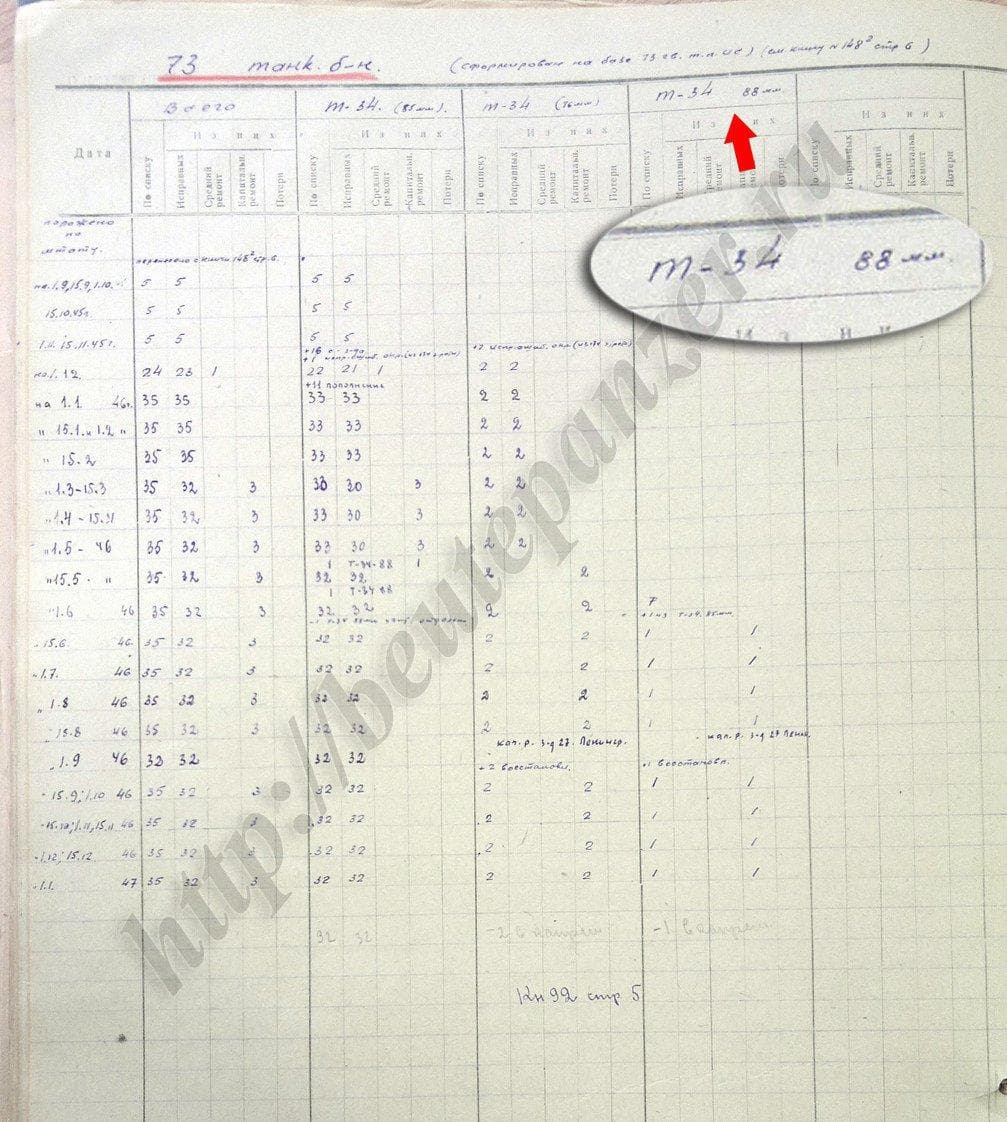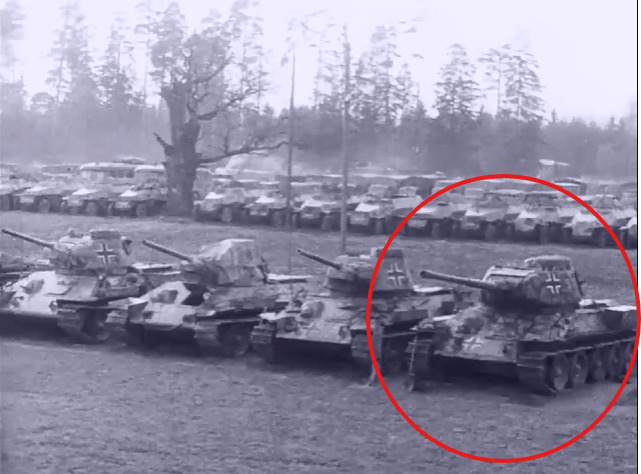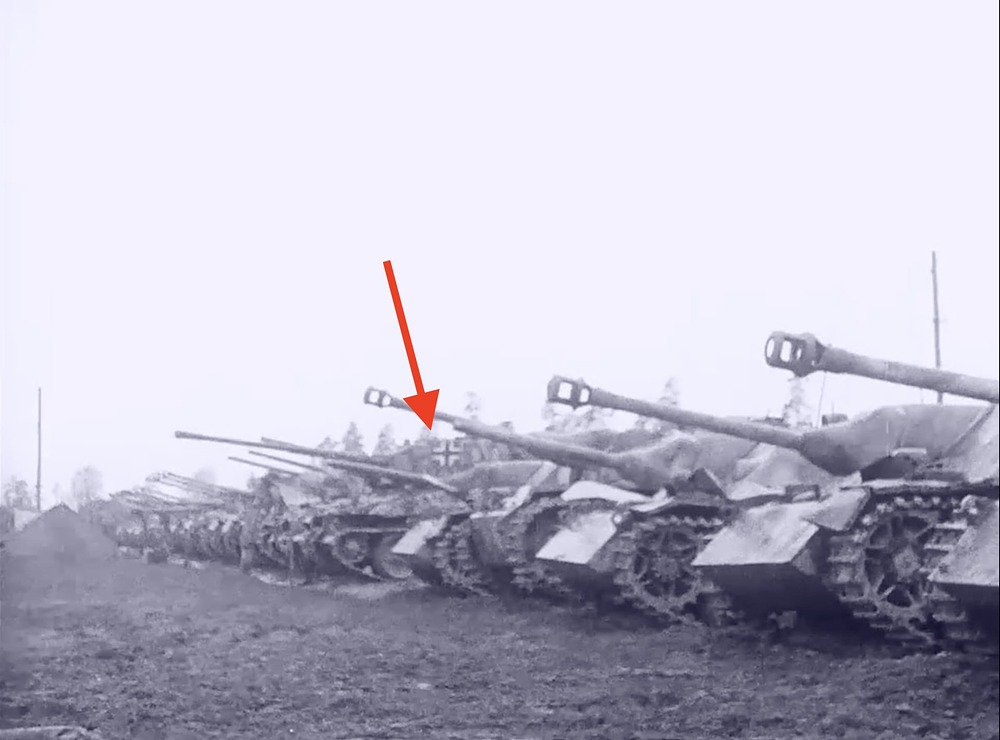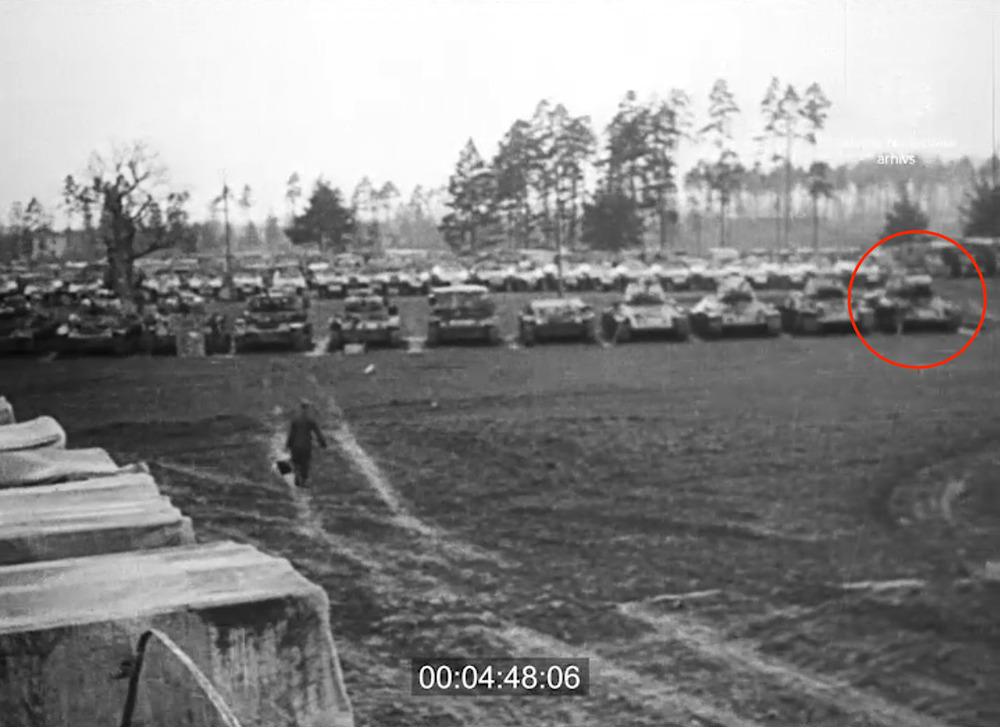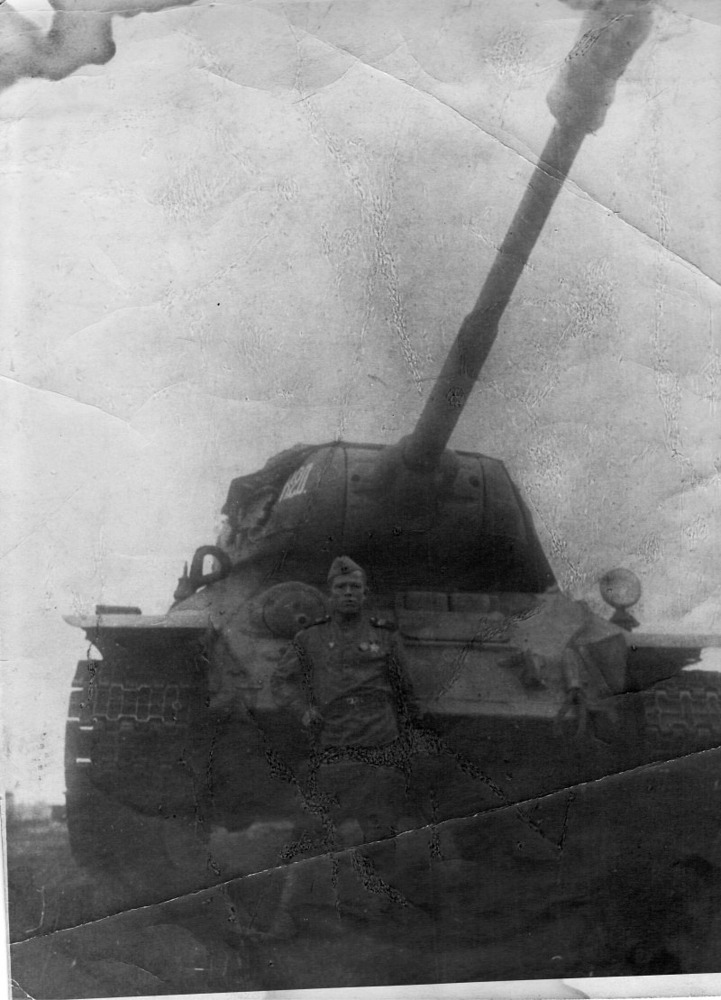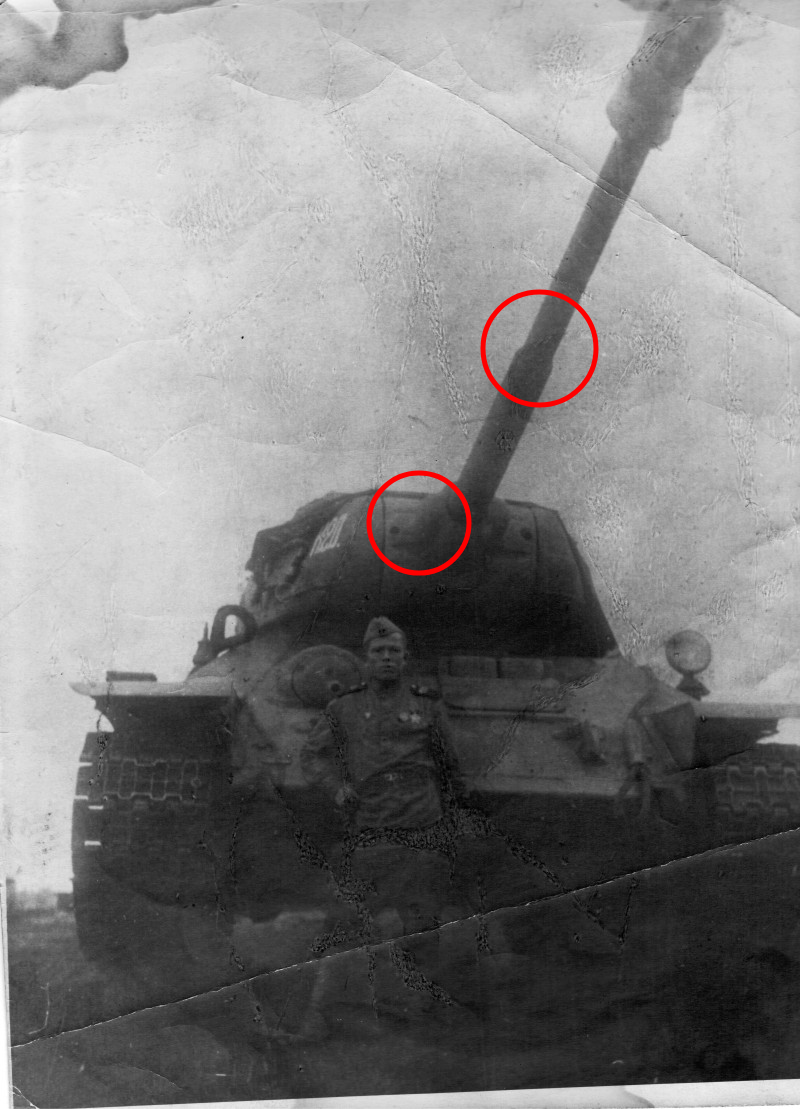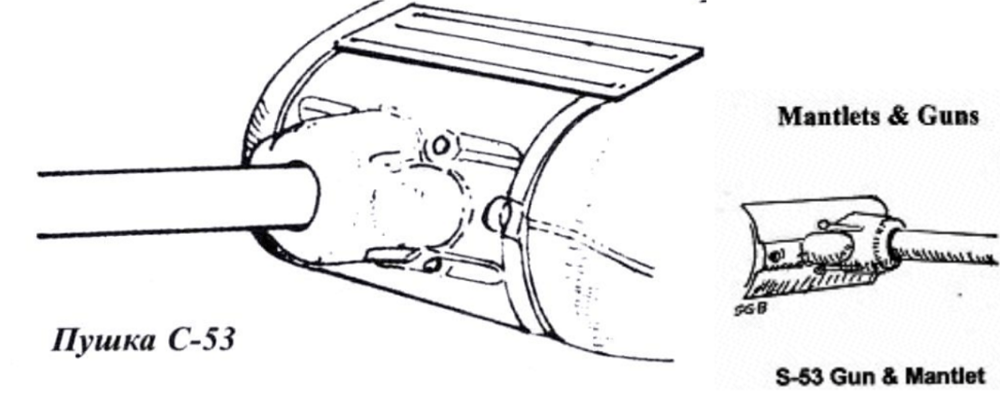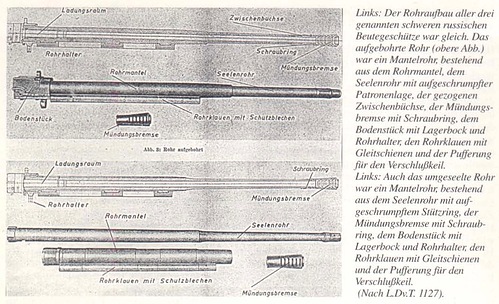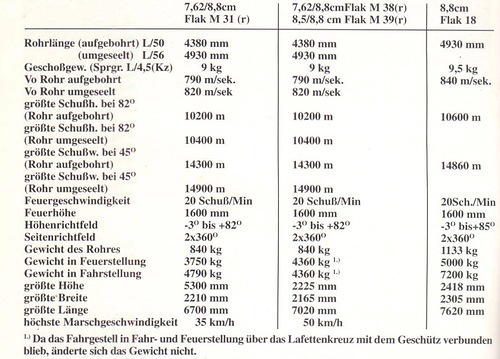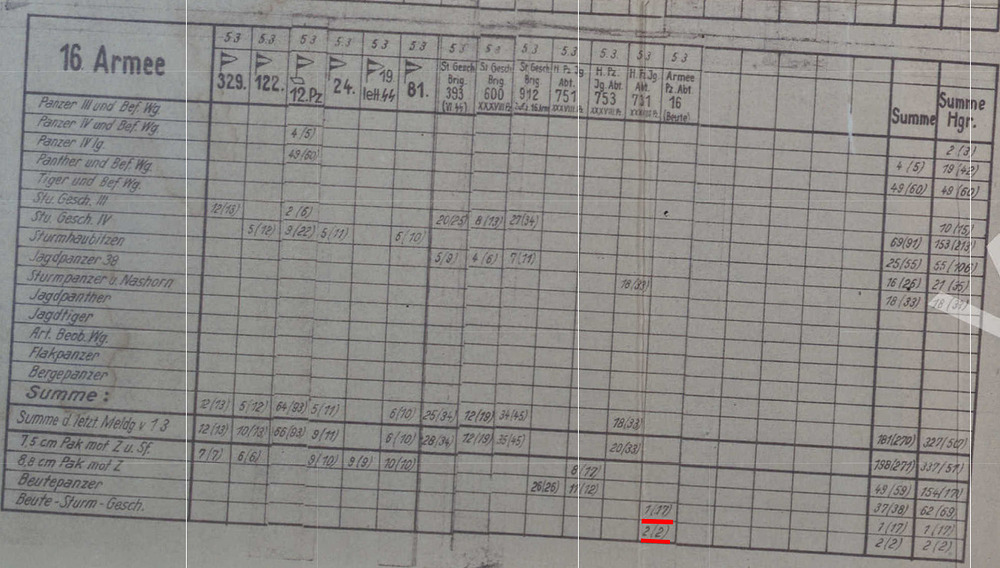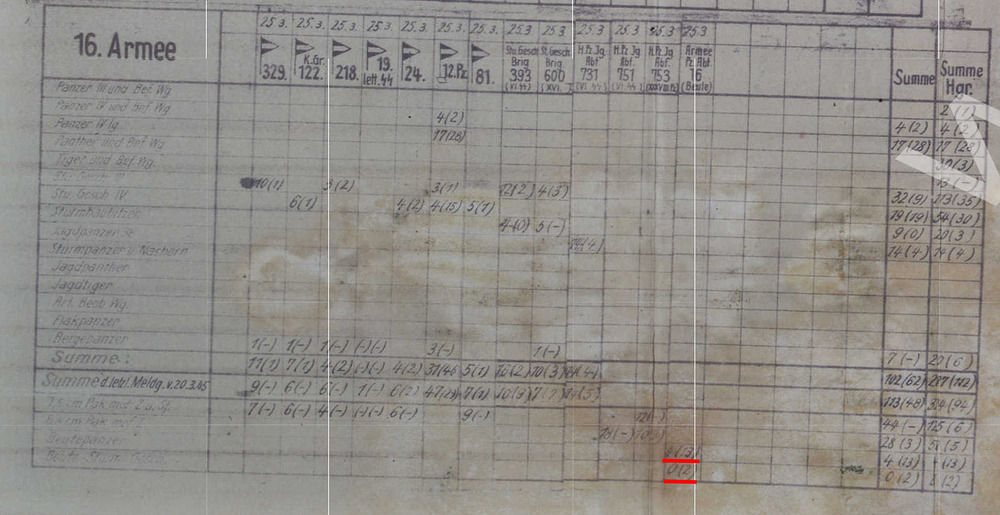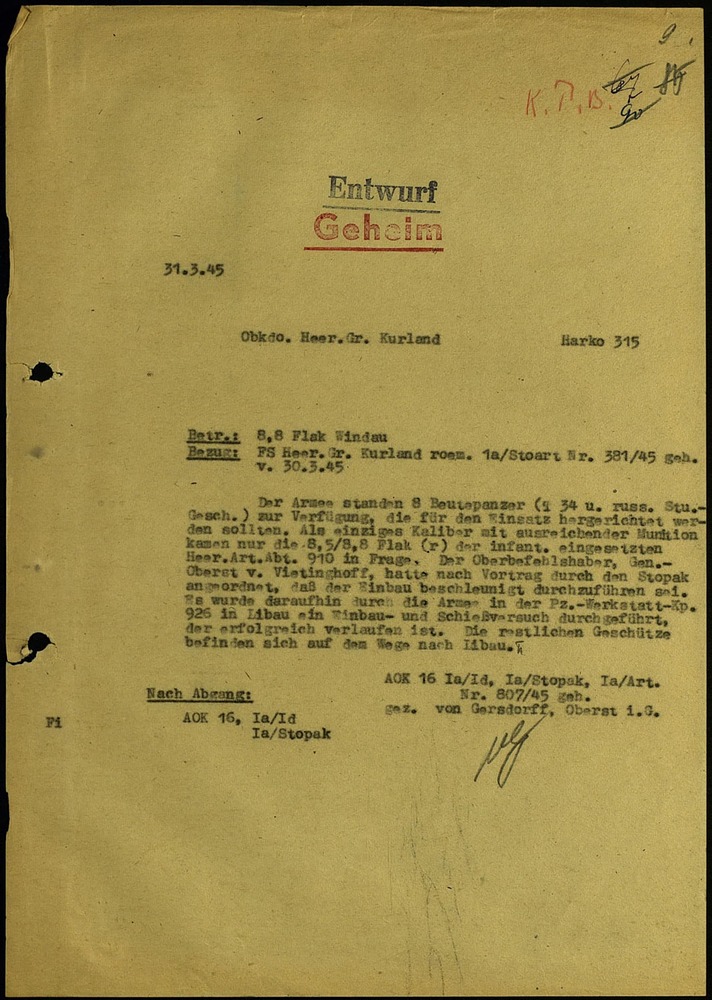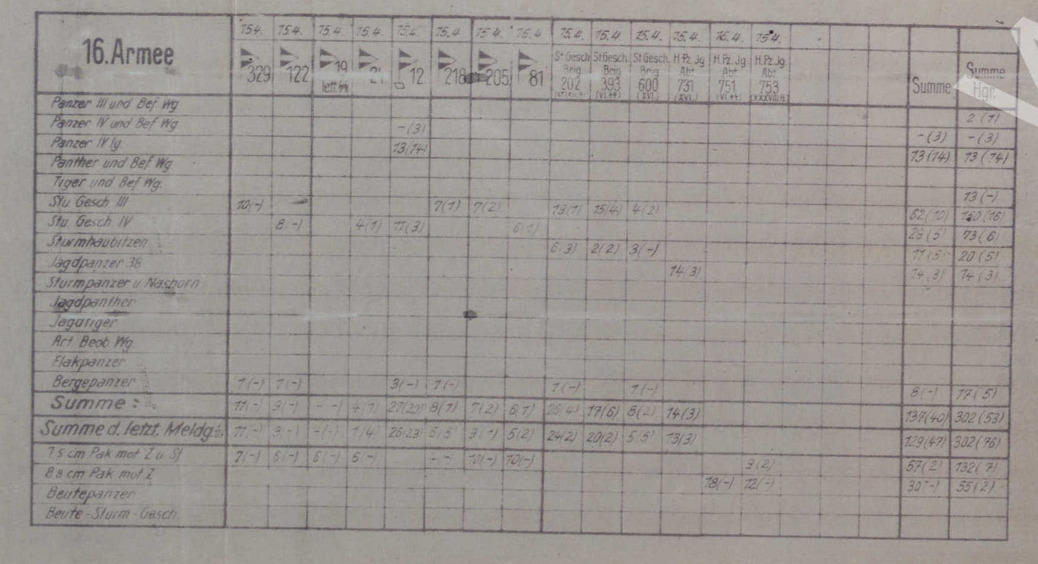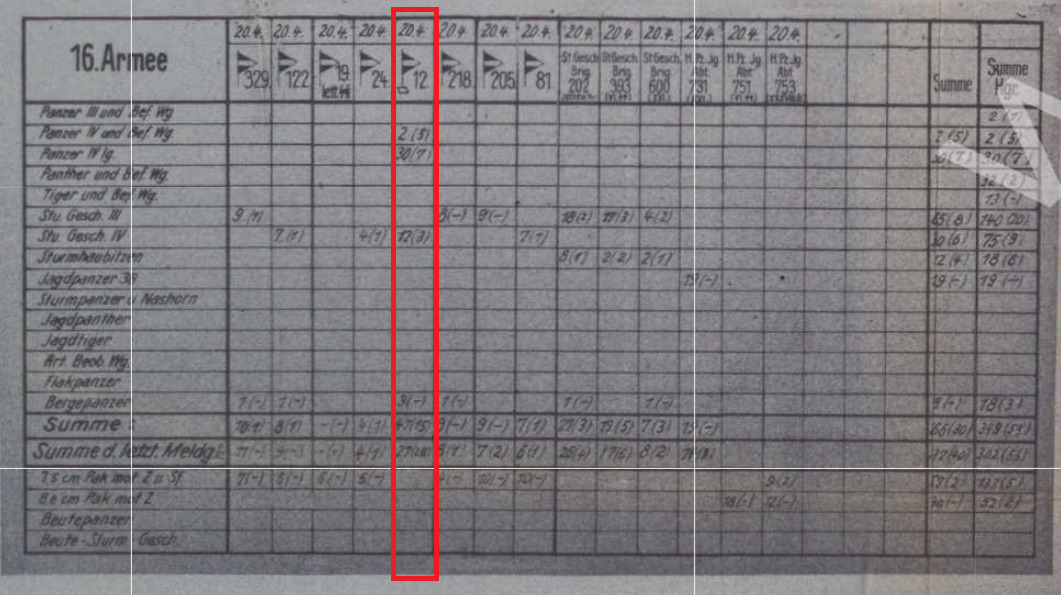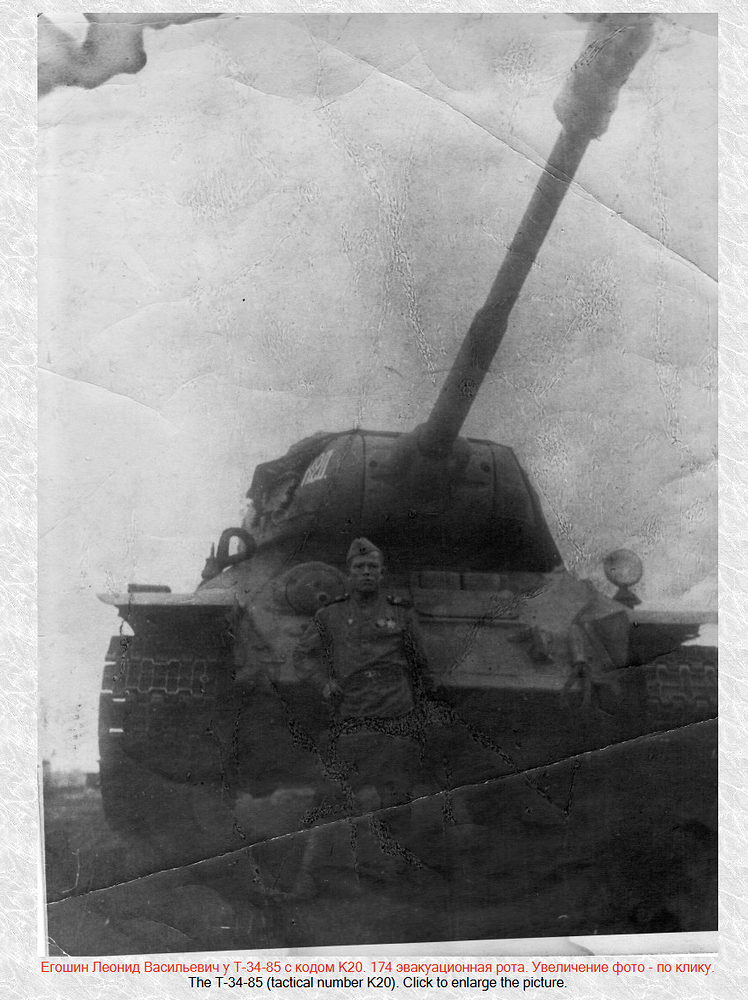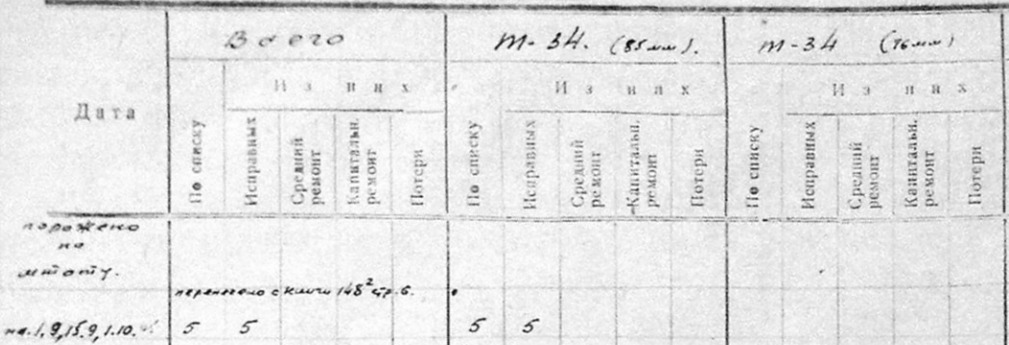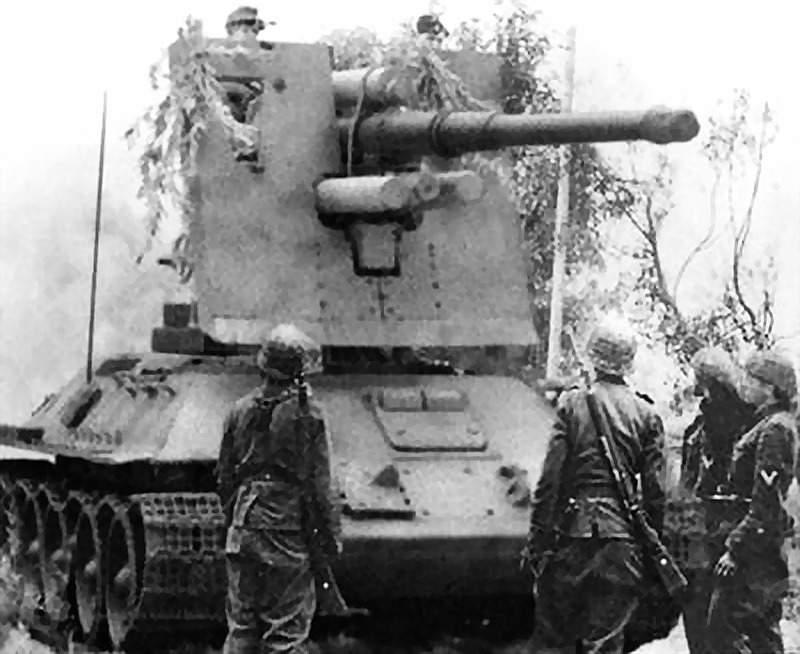- Yes
- No
- As a Tech-Tree Vehicle
- As a Premium Vehicle
- As a Squadron Vehicle
- As an Event Vehicle
- N/A
Special thanks to Igor Zheltov, the historian who first discovered the mention of T-34-88 in the AFVs registry of the 73rd Tank Battalion, from https://t34inform.ru/ for transcribing the handwritten remarks in the AFVs registry into russian text, providing further context of said document and identifying which T-34 parts were not of Soviet origin. Without his assistance, I would not have been able to triangulate that T-34-85 in the video as the T-34-88 in the Soviet registry.
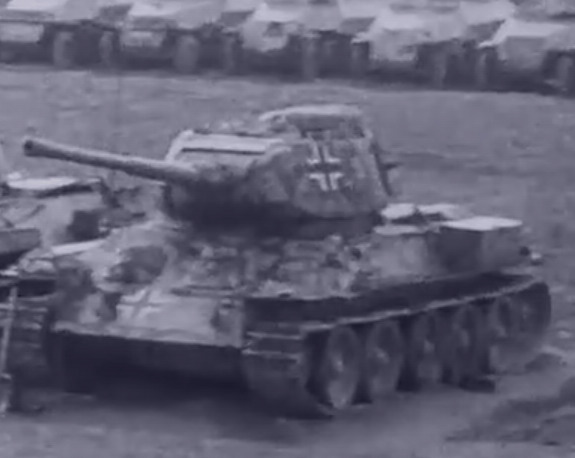
Recently, I came across two Latvian Newsreels (
Nacistiskās Vācijas armijas kapitulācija Kurzemē,
“Padomju Latvija” Nr. 5/6 )
about the German surrender in Courland in May 1945. The footage showed a T-34-85 with a weird gun in the video. After some digging, that tank can be identified as the T-34-88, a Soviet recaptured German-captured T-34-85 being retrofitted with an 88 mm gun, listed in a Soviet archived AFV registry record published on Beutepanzer Facebook page
The said document from Beutepanzer
Description: Document confirming the existence of the T-34 tank with a cannon caliber 8.8 cm CAMO file№ 1474v. Inventory 11353. Fond 38 (GABTU RKKA)
Designation
The only known designation of this tank was the T-34-88, from the Soviet document previously mentioned. Despite the Germans retrofitted it, T-34-88 was not mentioned in any known German written record. Although, as per previous German naming practice, it could be designated as Panzerkampfwagen T-34/88 747(r) or Panzerkampfwagen T-34/85 747(r) mit 8,8/8,5 cm Kw.K. L/56, for now, the Soviet T-34-88 is the only historically accurate designation.
More Pictures
T-34-88 Features
Main Gun
From the 50 mm bulges at each side of the gun collar, it can be determined that the T-34-88 was originally a T-34-85 with S-53 manufactured in Factory No. 183 before July 1944. The main gun barrel was cut, and a new gun tube was inserted into it. Given that only the gun tube, not the gun shield, has been altered, the S-53 recoil system would most likely remain intact, but its gun breech would be bored out to allow the loading of German 88 mm ammunition.
Source:Галерея фото Т-34-85 * T-34-85 tanks photogallery
Two diagrams showing the detailed look of the S-53 gun collar on Zavod. #183 production Spring '44 T-34-85.
Source: Все виды Т-34. Часть 2: с 1944 до 1945 | Пикабу
Source: T-34-85 Turret Identification
Converting 85 mm guns into 88 mm was not a one-time thing. Germans had been converting hundreds of captured Soviet 76.2 mm and 85 mm anti-aircraft guns into 88 mm anti-aircraft guns and issuing them to air defence units. However, the supply of their original 76.2 mm and 85 mm ammunition was limited. Since the characteristics of the captured guns were very similar to those of the German 88 mm AA Gun, Germany decided to convert the Soviet AA guns so that they could use German 88 mm AA ammunition.
-
Reaming the gun tube to 88 mm; and (Ger. Aufgebohrt)
-
Boring out the gun jacket, reinforcing the springs of the equilibrators, and inserting an 8.8 cm Flak 18 gun tube into the gun jacket. (Ger. Umgeseelt)
Source: Waffen Arsenal So39 - Beuteflak bei der Wehrmacht 1939-1945
8,5/8,8cm Flak M.39 (r) muzzle brake was installed on the inserted gun tube.
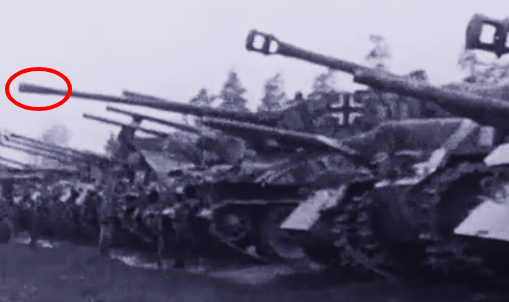
By comparing it with the T-34-85 (Rudy) 3D model from World of Tanks, using the front idle wheel as a size reference, the 88 mm gun tube was slightly longer than the ZiS-S-53 (4645 mm).
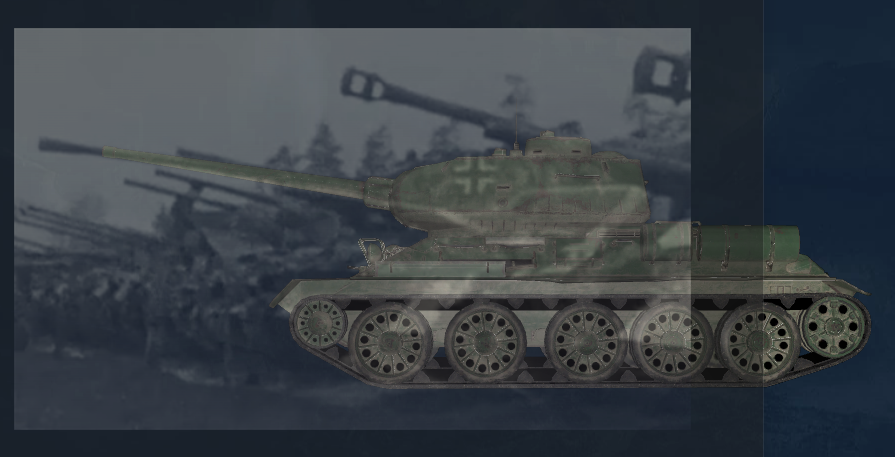
As the photos indicate, the inserted gun tube is most likely an 8.8 cm Flak 18 gun tube (4,930 mm) instead of that of 52-K (4,693 mm), D-5T (4,386 mm), S-53 (4,645 mm), ZiS-S-53 [improved S-53] (4,645 mm), or Aufgebohrt 85/88 mm (4,380 mm). As the gun had the 8.8 cm Flak 18 gun tube, its ballistic performance would be identical to 8.8 cm Flak 18.
Source: https://tanks.gg/
Turret
Compared to the D-5T gun, the S-53 had a more compact breech, which allowed for the S-53 turret to be redesigned into a three-man turret, allowing an extra crew to share the commander’s gunner’s duties. The first ammunition rack was moved from beneath the floor into the turret, and a rotating floor plate was introduced, allowing the loader to move with the turret without constant reposition. A shell casing catcher was added beneath the gun.
The Roof of the Zavod. #112’s prod. 1943 T-34-85 (Top) and Zavod. #183 prod. Spring '44 T-34-85{T-34-88} (Down).
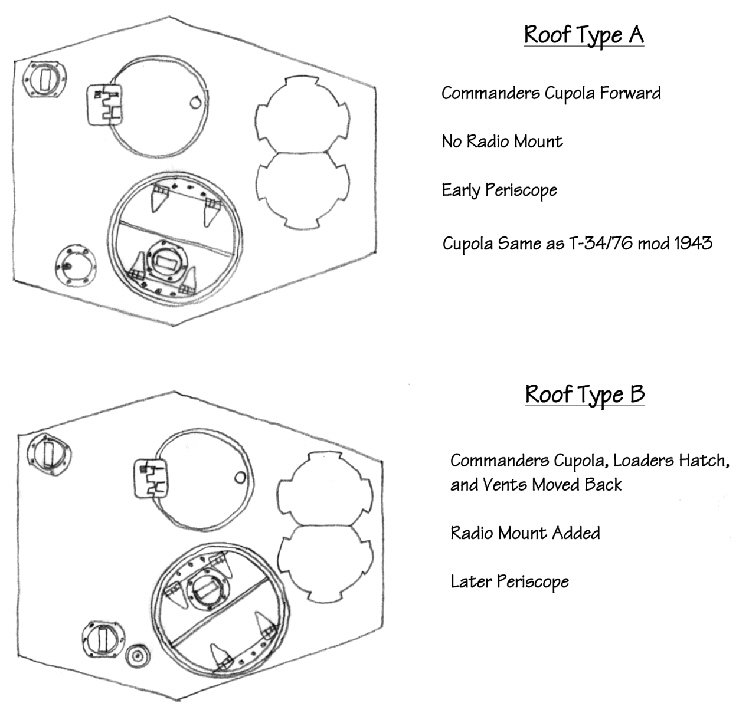
The commander’s cupola was noticeably moved further back, along with, to a lesser extent, the loader’s hatch and the ventilators. The commander’s cupola on early 1944 production turrets is identical to the one used on the 1943 production T-34-76, as well as on the SU-85 and SU-100.
Source:The T-34-85 in WWII: A Closer Look - missing-lynx.com
Ammunition
An internal communication between Höherer Artillerie-Kommandeur 315 (HArko 315) and 16. Armee (AOK 16), dated 31 March 1945 and titled “8.8 cm Flak Windau,” reported that the Germans were going to convert the eight captured Soviet AFVs (seven T-34s and one Russian Assault Gun) to fire the percussion-primed 88×571 mmR 8.5/8.8 cm Flak (r) ammunition, rather than the electrically primed 88×571 mmR Kw.K. 36 round.
T-34-88 should be able to fire all ammunition available for 8.8 cm FlaK 18/36/37
Service History
T-34-88 in German Service
As the T-34-88 was handed over to the USSR, it must have survived the Courland Pocket.
In early March 1945, 16 Armee formed 16 Armee Panzer Abteilung (Beute) (A.Pz. Abt . 16 (Beute)) with all available captured tanks in their hands.
Source: Panzer Tracts 19-2
According to the Deployed Units Overview Table from “Unterlagen der Operationsabteilung IIIb des Generalstabs des Heeres bei OKH: Lagekarte der Heeresgruppe Kurland, einschließlich Übersicht der eingesetzten Kräfte.” from 11 March to 28 March 1945.
On 5 March 1945, A.Pz.Abt.16 (Beute) had only an operational captured tank and two operational captured assault guns.
Source: https://wwii.germandocsinrussia.org/de/pages/1008618/map
After the Sixth Battle of Courland Pocket, by 25th March 1945, it lost all the operational tanks and assault guns, while restoring four inoperable captured tanks to operational condition.
On 31 March 1945, AOK 16 sent HArko 315 a telegram titled 8.8 cm Flak Windau, stating: The army had 8 captured tanks (T-34s and Russian assault guns) at its disposal, which were to be prepared for deployment. The only caliber for which sufficient ammunition was available was the 8.5/8.8 cm Flak (r) of Infantry-employed Army Artillery Battalion 910. The Commander-in-Chief, Colonel General von Vietinghoff, after a briefing by the anti-tank staff officer (Stopak), ordered that the installation be carried out as quickly as possible. Subsequently, the army carried out an installation and firing trial at Tank Workshop Company 925 in Libau, which was successfully completed. The remaining guns are on their way to Libau.
Source: Akte 50. Unterlagen des Höheren Artillerie-Kommandeurs 315 (HArko 315): KTB des HArko 315, 1.1.-31.3.1945, samt Anlagen – Fernschreiben, Erfahrungsberichte, Befehlе u.a.
Translation credited to pureSkyrim
Source: The Courland Pocket 1944-45 FULL BATTLESTORM History Documentary
On 25th April 1945, a Beutepanzer company with nine T-34 and one M4 Sherman showed up in the table of organization (Ger. Gliederung) of the 12th Panzer Division. This could mean that all the available captured tanks in the Courland pocket were reassigned to the command of the 12th Panzer Division. However, said change didn't reflect on the 16th Armee's Deployed Units Overview Table of 26th April 1945.
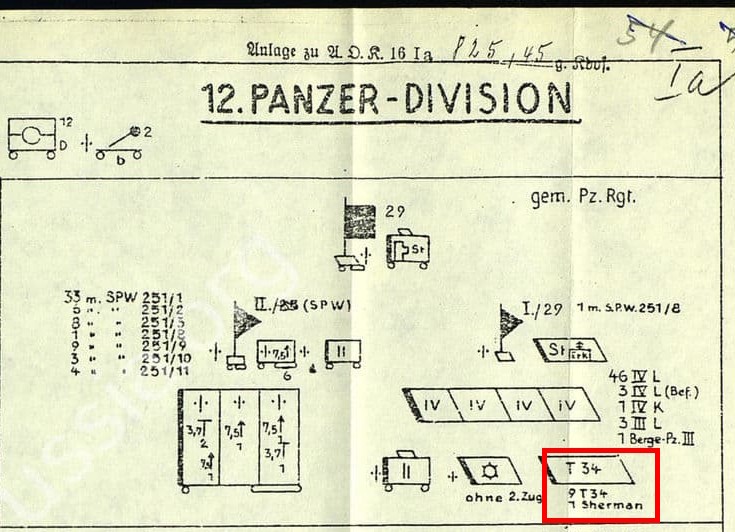
According to the newsreel footage “Nacistiskās Vācijas armijas kapitulācija Kurzemē”, the four operational captured tanks were three German modified T-34-76 and the T-34-88.
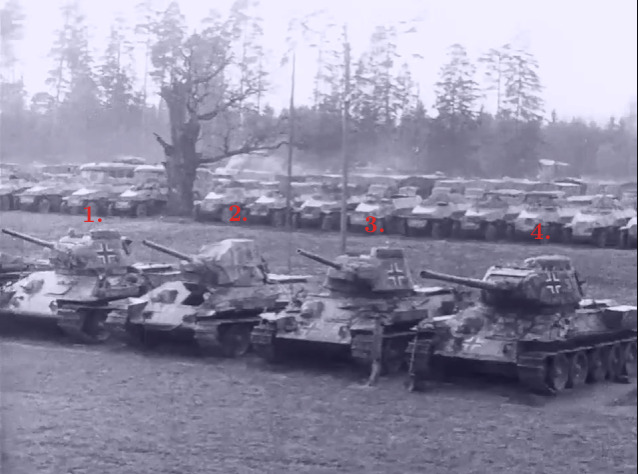
Another view of T-34-88 from another newsreel footage named “Padomju Latvija Nr. ⅚” filmed in May 1945, from the National Archives of Latvia.
Given that all four T-34s were first listed on the record on 25th March 1945, after the final (sixth) battle of Kurland ended on 23rd March 1945. All those T-34s were very unlikely to participate in any combat action before Army Group Courland surrendered.
Source: The Courland Pocket 1944-45 FULL BATTLESTORM History Documentary
T-34-88 in Soviet Service
On 8th May 1945, Army Group Courland surrendered to the Red Army. They handed over all the operational and non-operational AFVs in the Stende Station, Latvia.
The 51st Army of the Red Army accepted the equipment handed over after 9th May 1945. The 174th Evacuation Company of the 51st Army repainted the T-34-88 and gave it a new tactical number of “К20.”.
“Yegoshin Leonid Vasilyevich at the T-34-85 with code K20. 174th evacuation company.” Source:Галерея фото Т-34-85 * T-34-85 tanks photogallery
Source: 51-я армия - страница клуба "Память" Воронежского госуниверситета
Source: Сборник боевых документов/27/27 — Викитека
According to the AFVs registry of the 73rd Tank Battalion, the battalion was formed from the “73rd Guards Tank Regiment IS”. The IS in the “73rd Guards Tank Regiment IS” indicates that the regiment was supposed to be equipped with IS tanks in its authorised strength.
On 1st September 1945, not long after its formation, the 73rd Tank Battalion only had five operational T-34-85s.
By 1st December 1945, the 73rd Tank Battalion received 16 T-34-85s from a factory(с. з-да) and two T-34-76 and a T-34-85 from 174th Evacuation Company {Rus.174-й эвакуационной роты (из 174-й э. роты)}. All T-34s from the Evacuation Company were marked as required medium repair (Средний ремонт).
By 1st January 1946, the 73rd Tank Battalion received 11 additional T-34-85s as replenishment.


From 1st to 15th March 1946, three out of 33 T-34-85s were sent for Капитальн. ремонт (Eng: major repair). On 15th May 1946, one of them was discovered to be a “T-34-88”.

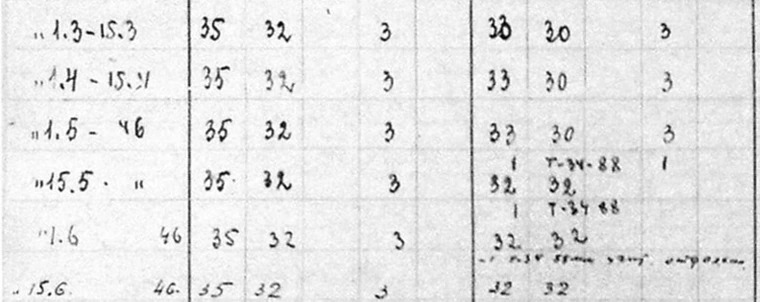
On 15th June 1946, a new column titled “t-34 88 mm” (the lower case of “t” is written as “m” in italics Cyrillic alphabet) was added. A ”T-34 88 mm…” was removed from the column of “t-34 (85 mm)” and moved to the column of “t-34 88 mm”. On 1st September, 1946, the T-34-88 and two T-34-76s were sent to Plant No. 27 of Leningrad for restoration.

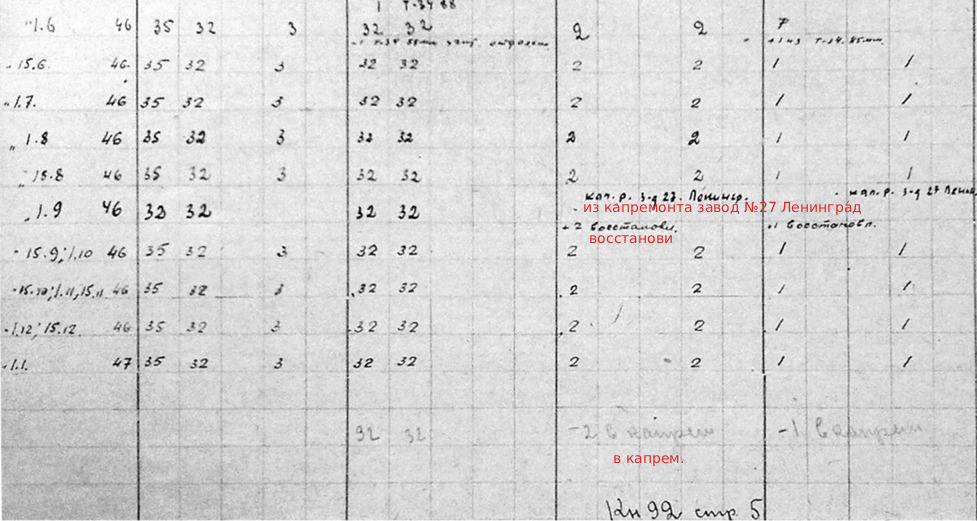
Source: Советские танки Гитлера - Page 115
T-34-88 – Specifications
(Click to show)
| Category | Specification |
|---|---|
| Designation | T-34-88 |
| Origin | Nazi Germany/Soviet Union |
| Crew | 5 (Commander, Gunner, Loader, Driver, Radio Operator/Bow MG) |
| Combat Weight | ~32 metric tons |
Dimensions
- Length (with gun forward): ~8.15 m
- Hull Length: ~6.68 m
- Width: 3.00 m
- Height: 2.45 m
Mobility
| Engine | V-2-34 V12 Diesel (T-34 engine) |
|---|---|
| Horsepower | ~500 hp @ 2,000 rpm |
| Transmission | 5-speed manual |
| Top Speed (Road): | ~55 km/h |
| Operational Range: | ~400–450 km (with external fuel drums) |
| Power-to-Weight Ratio | ~16.25 hp/ton |
| Suspension: | Christie |
| Tracks: | T-34 standard tracks |
Armament
Main Gun: 8,5/8,8 cm L/56 canon (S-53)
Ammunition Types: (Same as Flak 18/36/37 in 1945)
Muzzle Speed: 820 m/s
- APCBC-HE (Pzgr. 39)
- APCBC (Pzgr. Patr. 41),
- HE-TF (Sprgr. Patr. L/4.5 (Kz))
- HE (Sprgr. L/4.5)
- Incendiary Shrapnel (Gr. Br. Schr. Flak.)
Source: OP 1666 Volume 2
Turret Rotation Speed: 21.2°/s
Vertical Guidance: -5.0/25.0°
Ammo Capacity: ~55–60 rounds
Coaxial MG: 7.62 mm DT
Hull MG: 7.62 mm DT
Armor Protection
Hull Front (Upper Glacis): 45 mm @ 60° (~90 mm effective)
Turret Front: 75–90 mm (cast)
Hull Sides: 45 mm (vertical)
Turret Sides: 75 mm
Rear Armor: 40–52 mm
Roof/Floor: 20 mm / 15–20 mm
Edited note 1: Since Imgur blocks access from the UK due to the UK’s Online Safety Act 2023, I replaced all the Imgur links with uploaded images.
Edited note 2: Updated source links; all sources should be accessible now.
Edited note 3: Find the original source of the first newsreel.
